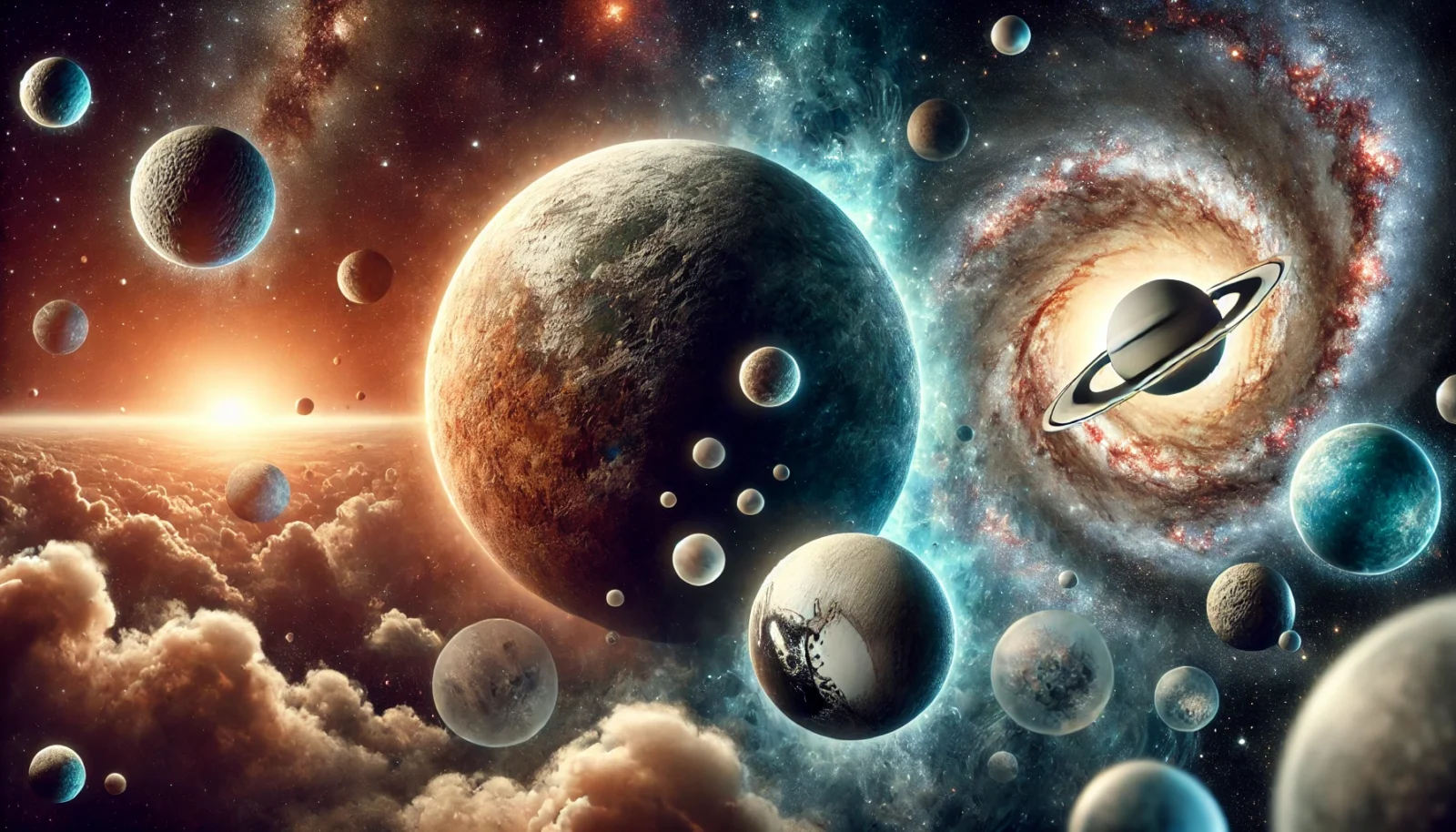At first glance, this seems like a straightforward question, but let’s dig deeper—where science meets perception, and reality shows its illusory nature.
Volume is the space an object occupies, while mass measures how much matter it contains. A bowling ball, though smaller than a basketball, is denser and therefore heavier. But here’s where things get interesting: if you increase a basketball’s diameter by 30%, you might expect the volume to increase by the same amount. In reality, it grows 3.4 times bigger. Surprising, right? That’s the trick of the universe!
On a cosmic scale, these differences matter even more. Earth’s collision with a planet-sized body created the Moon, which is lighter because it’s made of less dense material. Pluto, hailing from the distant Kuiper Belt, is even less dense, largely composed of icy and rocky material. Despite the Moon being 3.4 times Pluto’s volume, it’s also much denser, making it 5.6 times more massive.
Here’s your take-away: Volume is size, and mass is weight. Earth is both larger and denser than the Moon. The Moon, made of lighter material, is 1/4 the size but only 1/5 the weight. These quirks of the universe remind us that reality often plays tricks on our perceptions.






















